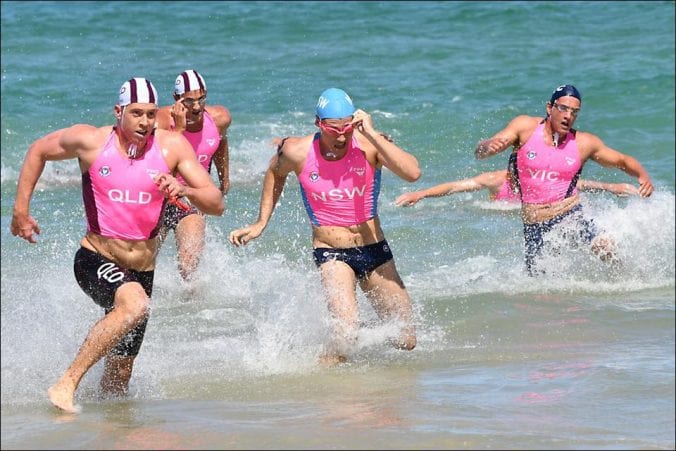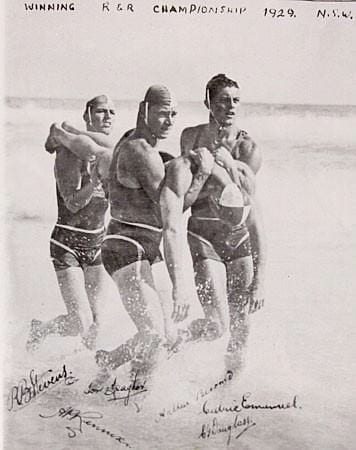Ailsa Harvey
Surf Lifesaving is a competitive sport, which combines aspects from both surfing and lifeguard services. The skills required in this sport replicate those needed to save a life whilst also improving fitness and confidence.
The sport evolved from the training carried out by Australian and New Zealand lifesavers and is still based on these volunteer clubs who perform rescue duty. Although the sport is still mainly popular in just Australia and New Zealand, competitions now exist in five regions in Canada and in Europe the sport is continuing to develop.
Some of the events in competitive surf lifesaving include Ironman, surf boat rescue, rescue and resuscitation, surf ski, beach sprints, board events and inflatable rescue boat racing. Many events are individual races, but there are also some team events.
With both beach and pool events in today’s competitions, the sport is truly multi-disciplined, pushing athletes to improve in a diverse range of skills. Endurance is tested in the 2km beach run on the sand, and speed skills are displayed in events such as the beach sprint relays. In the ocean further techniques are required, with the surf race testing athletes’ strength to be able to get from the beach, out past the breaking waves and back again. Pool events generally focus heavily on swimming ability, but extra skills are involved with obstacles and manikin towing.
Tomorrow, the Lifesaving World Championships are being held in Adelaide, South Australia. The events will take place between the 16thNovember and the 2ndDecember 2018, hosting teams, officials and spectators from all around the globe! The event takes place every two years and will see some of the most talented in surf sports and rescue compete for the title of World Champion.
There have been more than 4,000 entries for this huge event, with 44 countries and 806 teams competing. It will be only the second time that South Australia has hosted this event, with the Netherlands hosting the last in 2016. The Surf Life Saving SA Chief Executive Clare Harris stated, “we could not be prouder to host the 2018 titles. This means a lot for our state and for the surf lifesaving community.”
For those who don’t live down under, in March the 2018 British National Surf Lifesaving Championships is due to begin. These events will kick off with the pool events at Cardiff International Pool. The Junior (Nippers) events will take place on the 24th-25thMarch, the Youth event on the 14thApril and the Open/Masters event commencing on the 15thApril.
The championship’s beach events for Juniors will take place between the 18thand 25thAugust 2018 at Holywell Bay in Cornwall. The final format is set to be confirmed at the end of this month. The Open will to return to Portreath, also in Cornwall, on the 8thand 9thof September.
Did you know…
- Junior surf lifesaving clubs are often referred to as “Nippers” and include children between the ages of 7 and 14.
- In 1915 there were only two surf lifesaving championship events; the rescue and resuscitation and the surf race championships. Today there are over 380 events held at the Australian titles.
- The Surf Lifesaving Association admitted women as full-time members in 1980 and since then, the number of active surf lifesavers has almost doubled.
- The oldest Surf Lifesaving Club in the world is the Bondi Surf Bathers’ Life Saving Club in Australia. See below a picture of members of the Bondi Club winning the Rescue and Resuscitation event in 1929:




Leave a Reply